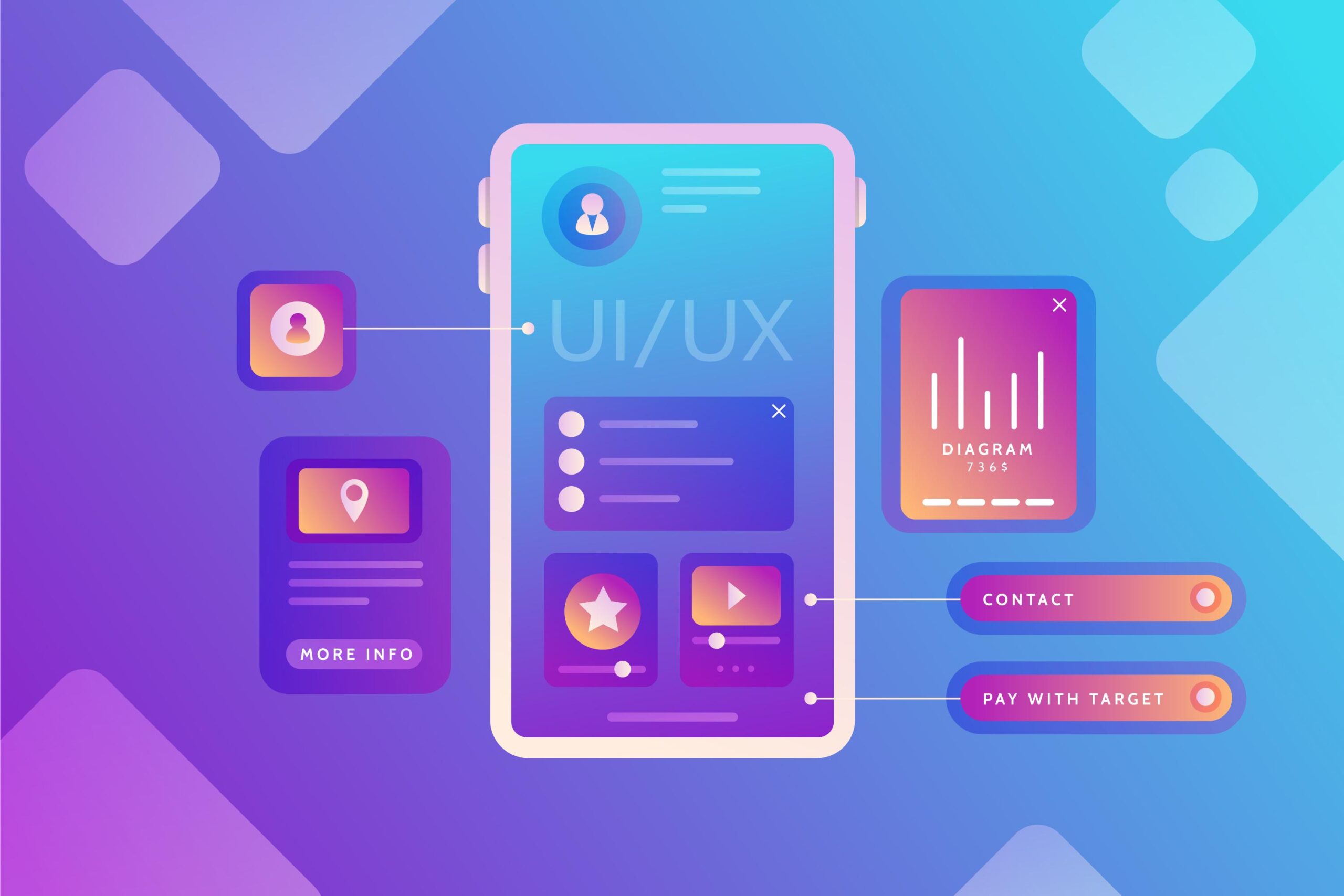In the dynamic realm of technology, Voice User Interfaces (VUI) have emerged as a game-changer. VUIs are at the forefront of transforming the way we interact with our devices and applications. This blog dives deep into the exciting world of VUIs and how they are reshaping the future of User Interface (UI) and User Experience (UX) design.
What Exactly Are Voice User Interfaces (VUI)?
- VUIs are interfaces that enable users to communicate with machines and devices through spoken language, rather than through traditional input methods like typing or tapping.
- You encounter VUIs in everyday life through devices such as smart speakers (e.g., Amazon Echo or Google Home), smartphones (Siri and Google Assistant), and in-car systems (voice-activated GPS).
The Meteoric Rise of VUI
- VUI has witnessed an exponential rise in popularity due to its inherent convenience and accessibility.
- Virtual assistants like Siri, Google Assistant, and Alexa have become household names, cementing the widespread acceptance and adoption of VUI technology.
How VUI Impacts UI/UX Design
- User-Centric Design: VUIs emphasize a user-centric approach to design. Crafting a natural conversational experience requires a deep understanding of user needs and expectations.
- Simplicity is Key: In VUI design, less is often more. Simplified interfaces and concise interactions are pivotal for creating a seamless user experience.
- Multimodal Interfaces: VUI often operates in tandem with other interfaces, such as touch screens and gesture controls. This synergy enhances the overall user experience by providing multiple interaction pathways.
- Accessibility: VUI technology promotes inclusivity by making technology more accessible to individuals with disabilities. It facilitates a hands-free and eyes-free approach to using technology.
Challenges in VUI Design
- Context Understanding: For VUIs to function effectively, they must accurately comprehend the context of a conversation to provide meaningful responses. This poses a significant challenge for designers and developers.
- Privacy Concerns: The collection of voice data for VUIs raises privacy concerns. Therefore, meticulous handling of user data is imperative to maintain user trust.
- Limited Feedback: Traditional UIs provide visual feedback, which aids user comprehension. In contrast, VUIs lack this visual component, making it challenging to convey complex information or data.
The Future of VUI
- Wider Integration: Expect to see VUI integrated into an even broader spectrum of devices and applications, spanning from kitchen appliances to wearables.
- Improved Natural Language Processing: VUIs will continue to advance in their ability to understand and respond to natural language. This evolution will bring us closer to achieving the dream of seamless human-machine communication.
- Customization: As VUI technology matures, users will have greater control over how they interact with these interfaces, allowing them to tailor their experiences to their preferences and needs.
Conclusion
Voice User Interfaces are undeniably at the forefront of shaping the future of UI/UX design. They offer a more user-centric, accessible, and natural approach to technology interaction. For designers, developers, and innovators, embracing the principles of VUI design is not merely an option but a necessity in staying relevant in the ever-evolving tech landscape.
To explore in-depth reviews of the top tools for UI/UX design, check out our comprehensive article on “Top 10 UI/UX Tools.” This resource will provide you with valuable insights and recommendations for creating exceptional user experiences in the age of VUI.
In summary, VUIs are paving the way for a future where our interactions with technology are more intuitive, inclusive, and in harmony with our natural communication patterns. As we journey into this future, it’s essential to stay attuned to the evolving world of Voice User Interfaces, where endless possibilities await.
Stay vigilant and adaptable, for the future of UI/UX is intertwined with the evolution of Voice User Interfaces.



